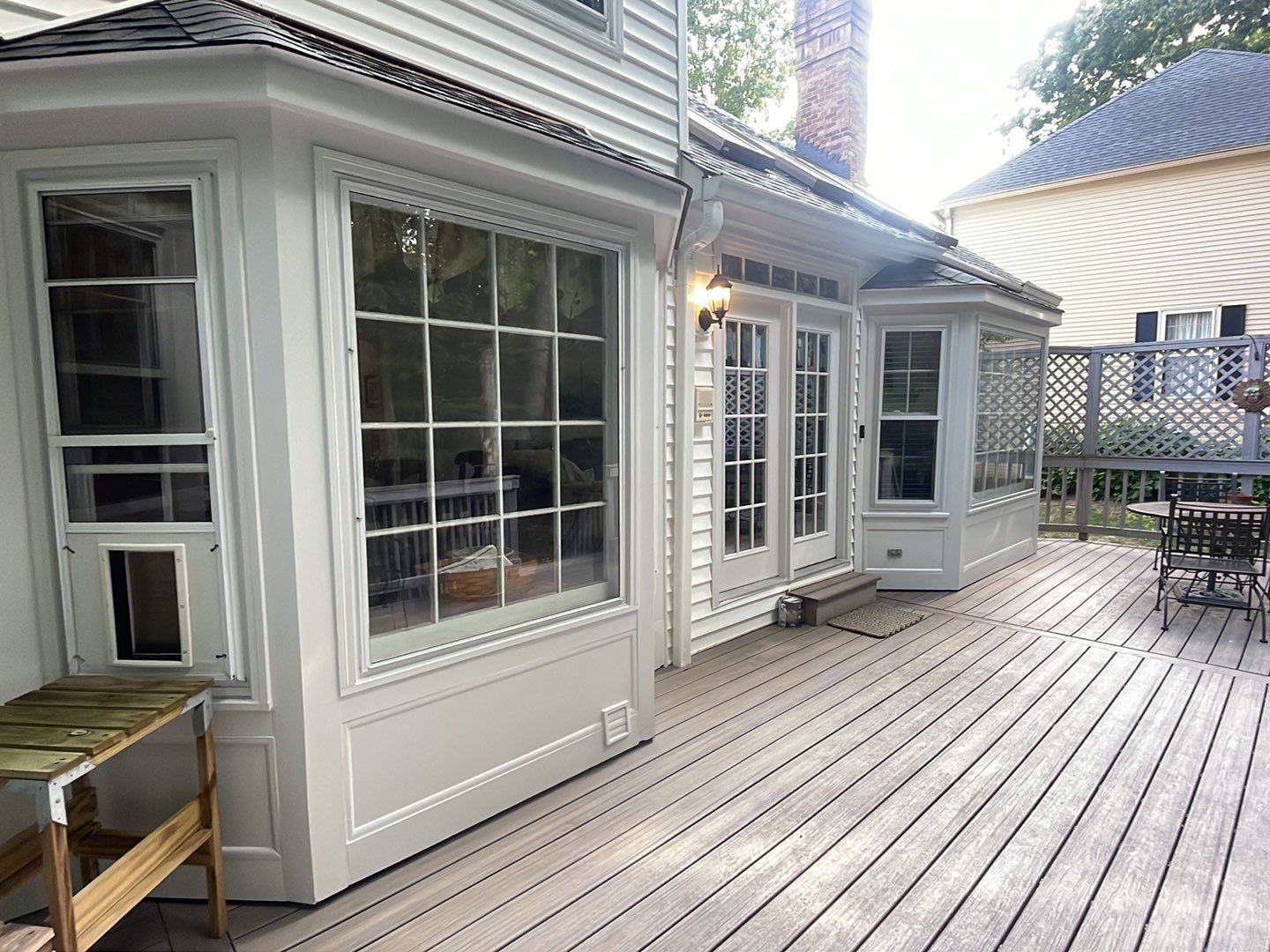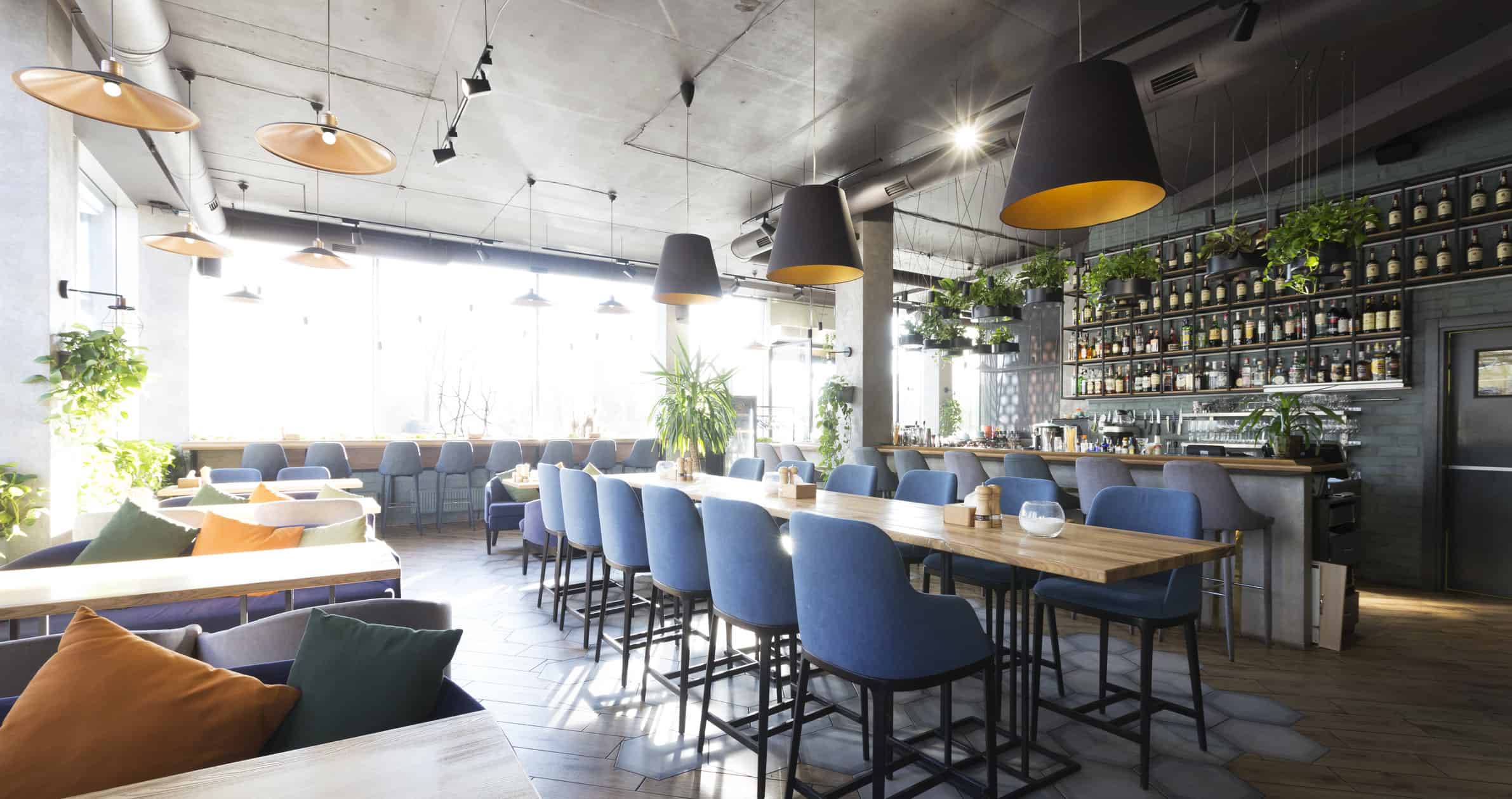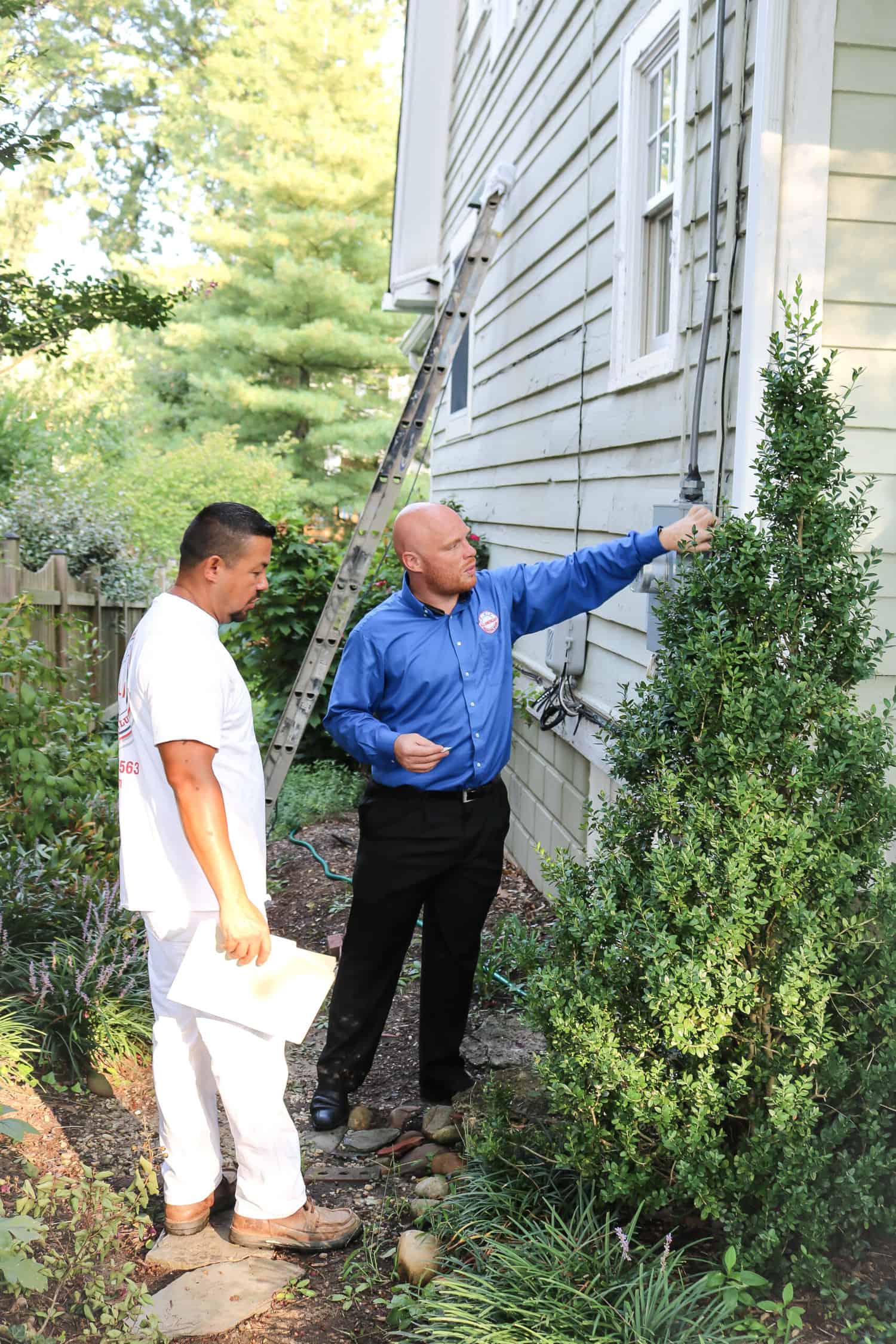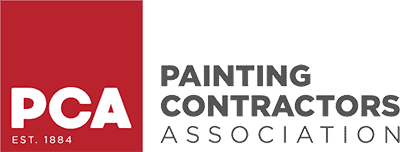Painting the exterior of your home is a big decision, and timing can make all the difference in achieving a flawless finish. Many homeowners wonder, “When is the best time to paint outside?”
Depending on weather conditions and seasonal changes, determining the ideal time for exterior painting in Herndon, VA, can be challenging. In this blog, we’ll address common concerns and provide practical advice to help you decide. From temperature and humidity considerations to seasonal benefits and challenges, we’ll guide you through everything you need to know.
Key Takeaways:
- Understand the impact of weather on exterior painting to choose the best time for your project.
- Explore the pros and cons of painting in each season, from spring’s moderate temperatures to fall’s stable conditions.
- The blog also highlights the best practices and checklist to ensure a high-quality, durable finish year-round.

When is the Best Time to Paint Outside?
When planning an exterior house painting project, choosing the right time can make all the difference in achieving a flawless finish. We will explore the advantages and disadvantages of each season to help you determine the best time to paint outside.
Spring: A Fresh Start for Your Home’s Exterior
Spring is often seen as an ideal time for many home improvement projects, including exterior painting. As the weather starts to warm up, it brings several benefits that make painting more manageable and effective. One of the key advantages of spring is the moderate temperatures, which typically range between 50°F and 85°F. This range is ideal for most types of paint to dry and cure properly, providing a durable and long-lasting finish.
In addition to favorable temperatures, spring also tends to have lower humidity compared to summer, reducing the risk of paint drying too slowly or not adhering correctly. However, it’s important to keep an eye on the weather forecast, as spring can also bring unpredictable rain showers. Aim to start your painting project after the last frost and during a period of dry, mild weather to maximize your chances of success.
Another consideration for spring painting is the increased daylight hours, which provide more time to work on your project each day. Longer days mean you can take advantage of natural light for more precise and efficient painting. Overall, with the right planning and preparation, spring can be an excellent time to give your home’s exterior a fresh new look.
Summer: Bright Days and Warm Temperatures
Summer is another popular season for exterior painting projects. The long, sunny days provide ample time to complete your painting job, and the warm temperatures help the paint dry quickly. However, painting in the summer comes with its own set of challenges and considerations to ensure the best results.
One of the main advantages of summer painting is the predictability of the weather. With fewer chances of rain and consistently high temperatures, you can plan your painting schedule more accurately. However, avoiding painting during the hottest part of the day is essential. Extreme heat can cause the paint to dry too quickly, leading to issues like brush marks and uneven coverage. To combat this, try to paint in the early morning or late evening when temperatures are cooler.
Direct sunlight can also be a challenge during summer painting. UV rays can cause the paint to cure too rapidly, affecting its durability and finish. To mitigate this, consider painting on shaded sides of the house or using tarps to create temporary shade. And make sure to stay hydrated and take breaks to avoid heat exhaustion while working outside.
Fall: Crisp Air and Consistent Temperatures
Many experts consider fall to be the best time to paint outside, thanks to its stable and mild weather conditions. The temperatures during fall are generally consistent, ranging from 50°F to 75°F, which is ideal for exterior painting. This temperature range allows the paint to dry and cure properly, ensuring a smooth and durable finish.
Fall also offers lower humidity levels compared to summer, reducing the risk of paint blistering or peeling. The dry air helps the paint adhere better to surfaces and speeds up the drying process, resulting in a more professional-looking outcome. Additionally, the cooler temperatures make it more comfortable for you to work outside without the risk of heat-related issues.
One of the key benefits of painting in the fall is the reduced chance of rain. While it’s always important to check the weather forecast before starting, fall typically brings more predictable and drier weather patterns, minimizing the risk of sudden rain showers disrupting your project. However, it’s important to finish your painting project before the onset of colder temperatures and frost, which can affect the paint’s ability to cure properly.
Winter: Challenges and Considerations
Winter is generally not considered the best time to paint outside due to the numerous challenges posed by the cold weather. Low temperatures can significantly affect the paint’s drying and curing process, leading to issues such as cracking, peeling, and an uneven finish. Most paints are formulated to dry properly within a specific temperature range, typically above 50°F, which can be difficult to achieve during winter months.
However, there are some exceptions and special preparations that can make winter painting possible. For instance, certain paints are designed for cold weather application, allowing them to cure correctly even at lower temperatures. If you must paint during winter, choose the right type of paint and follow the manufacturer’s guidelines closely.
Another consideration is the reduced daylight hours in winter, which limit the time you have each day to work on your project. It’s essential to plan your painting schedule carefully to maximize the available daylight and ensure each coat of paint has enough time to dry before nightfall. Winter weather can also be unpredictable, with sudden temperature drops and precipitation, making it even more challenging to find suitable days for painting.
Best Practices for Exterior Painting
At All American Painting Plus, we understand that the best time to paint outside varies depending on the season, and we have developed a comprehensive process and checklist to ensure quality results no matter the weather. Here are the best practices we follow to guarantee a successful exterior painting project:
- Check the Weather Forecast: We always monitor the weather forecast before starting any painting project. This helps us identify a window of several days with mild, dry weather, ensuring the paint can dry and cure properly without interruptions.
- Choose the Right Paint: Different paints are formulated for different conditions. We select paints that are suitable for the specific weather conditions we’ll be working in, including cold-weather paints for cooler months and high-UV resistant paints for sunny conditions.
- Prepare Surfaces Thoroughly: Proper surface preparation is crucial for a successful paint job. We meticulously clean all surfaces to remove dirt, dust, and mildew, and sand and prime as needed to ensure the paint adheres well and lasts longer.
- Use High-Quality Tools and Materials: We invest in high-quality brushes, rollers, and paints, which make a significant difference in the outcome of our projects. These materials provide better coverage, a smoother finish, and greater durability.
- Paint in Optimal Conditions: We avoid painting in direct sunlight, extreme heat, or windy conditions. By scheduling our work in the early morning or late afternoon, we can prevent the paint from drying too quickly or unevenly.
- Apply Multiple Thin Coats: Instead of applying one thick coat, we use multiple thin coats. This approach allows each layer to dry properly, providing a more even and durable finish.
- Mind the Humidity Levels: High humidity can extend drying times and affect paint adherence. We aim to paint during periods of low to moderate humidity to achieve the best results.
- Maintain Equipment Properly: We regularly clean our brushes, rollers, and other equipment to prevent paint buildup and ensure they perform well throughout the project.
Final Thoughts
Choosing the best time to paint outside can significantly impact the success of your exterior painting project. Each season offers its own set of advantages and challenges, from the moderate temperatures of spring to the stable weather of fall. By understanding the impact of weather on painting and following best practices, you can achieve a beautiful and long-lasting finish for your home.
At All American Painting Plus, we pride ourselves on our expertise and meticulous approach to exterior painting. We recommend that you take advantage of this summer season. Our comprehensive process and checklist are designed to provide the best possible outcome. We are the trusted painters providing residential and commercial painting services in Vienna, Warrenton, VA and surrounding areas.
Call us at (703) 686-8988 for a FREE estimate and let us help you transform your home with a fresh coat of paint!












